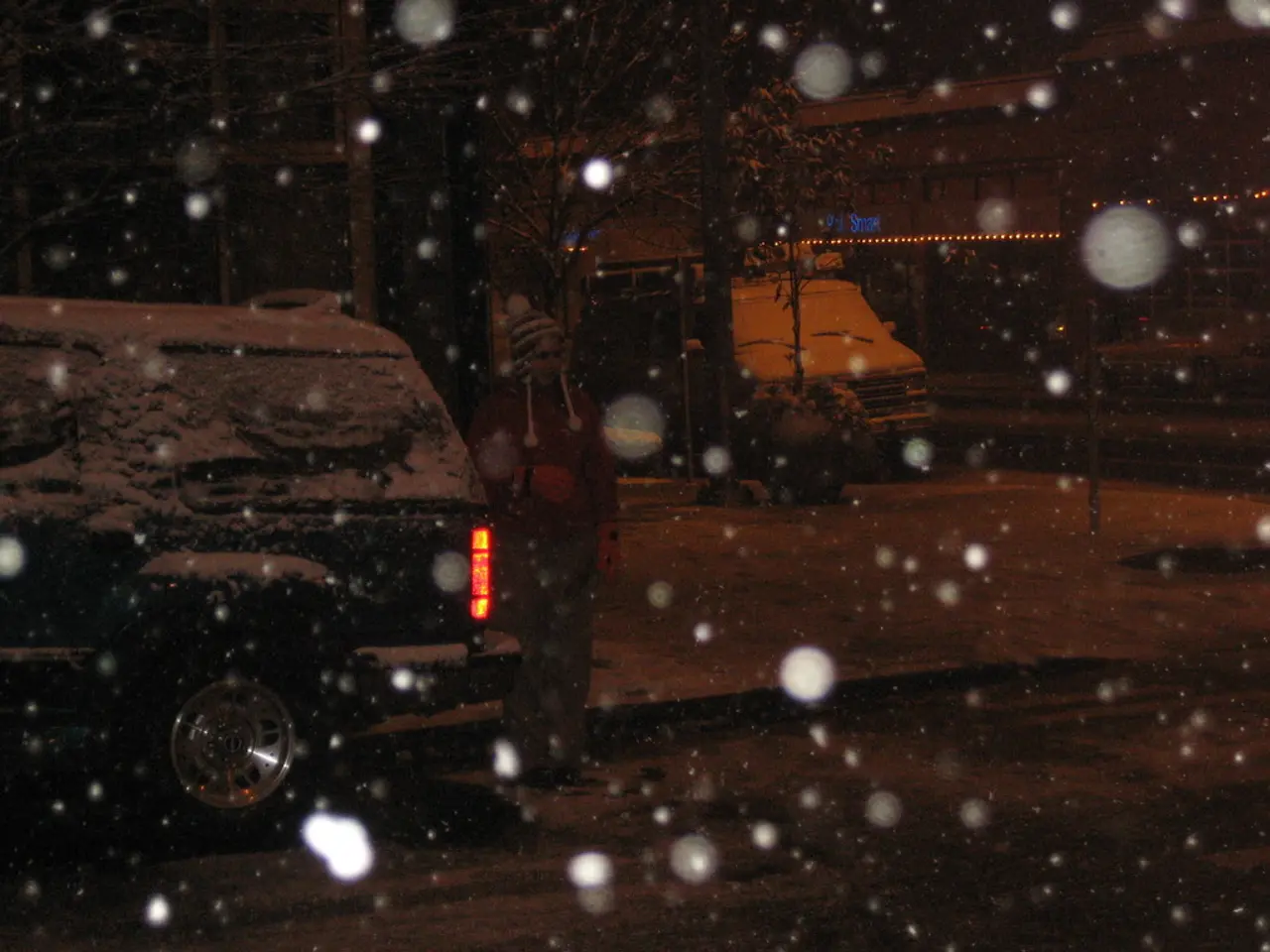Severe rainfall and flash flooding impact regions in the Northeast, specifically affecting states like New Jersey and Pennsylvania.
Heavy rain and flash flooding have recently caused significant impacts across the U.S. Northeast, particularly in New York, New Jersey, Pennsylvania, and surrounding states.
The heavy rain resulted in tragic consequences, with two fatalities reported in Union County, New Jersey, when a car was swept away by flash floods. The state declared a state of emergency due to the extensive flooding and submerged vehicles on roadways, particularly in Bergen County and Union County.
New York City and surrounding areas, including Westchester County, experienced flash flood warnings, leading to subway line inundations and widespread disruptions in commuter train services on Metro-North and New Jersey Transit. Sewer overflows led to water rushing into subway platforms and cars, further impacting public transit.
Southern Pennsylvania, notably Lancaster County, also suffered widespread flash flooding after heavy rains. Flight operations were severely affected around major airports such as JFK and Newark, due to flooding and weather-related disruptions, resulting in flight cancellations and delays.
Over 50 million people across the Northeast were under flood watches, with flash flood warnings covering cities including New York City, Washington, D.C., Baltimore, Newark, and Arlington, Virginia. Rainfall rates reached 3 to 4 inches per hour in some locations, with multiple counties under flash flood alerts.
In response to the flash flooding, a state of emergency was declared in New Jersey, and the declaration in Mount Joy, Pennsylvania, enables access to additional resources for resident support and recovery efforts. Emergency responders in Mount Joy made 16 water rescues, although no injuries were reported. People were advised to stay indoors and avoid unnecessary travel in New Jersey.
Scientific research attributes the increasing frequency and intensity of such extreme rainfall and flash flooding events largely to human-amplified climate change, which overwhelms existing infrastructure not designed for such volumes of water, amplifying flood risks. The Fifth National Climate Assessment documents increases in heavy precipitation events over nearly 70% of the U.S., including the Northeast, driven by climate change trends.
Local governments are responding with emergency declarations and warnings while managing ongoing flood impacts. In North Plainfield, New Jersey, a house caught fire and collapsed, possibly due to an explosion, and in Metuchen, New Jersey, water levels had already receded by Monday evening, ensuring everyone's safety.
References: [1] Associated Press. (2021, July 20). Flash flooding hits northeastern U.S., killing at least 2. Retrieved from https://www.cnn.com/2021/07/20/us/flash-flooding-northeast-us/index.html [2] Associated Press. (2021, July 20). Northeast U.S. hit by heavy rain, flooding, causing flight disruptions. Retrieved from https://www.usatoday.com/story/travel/airline-news/2021/07/20/heavy-rain-flooding-causes-flight-disruptions-northeast-us/8062889002/ [3] National Aeronautics and Space Administration. (n.d.). Climate change: Vulnerability and impacts. Retrieved from https://climate.nasa.gov/impacts/heavy-precipitation/
- The heavy rain and flash flooding, which are thought to be exacerbated by human-induced climate change, are causing significant issues in the environmental science sector, evident by the flood impacts across the U.S. Northeast.
- The weather events, including flash floods, have resulted in challenges for various sectors such as transport (subway line inundations, commuter train disruptions, and flight cancellations due to flooding), public health (water rescues, potentially hazardous situations like house fires), and infrastructure (submerged vehicles on roadways, overwhelmed sewers leading to subway issues).








